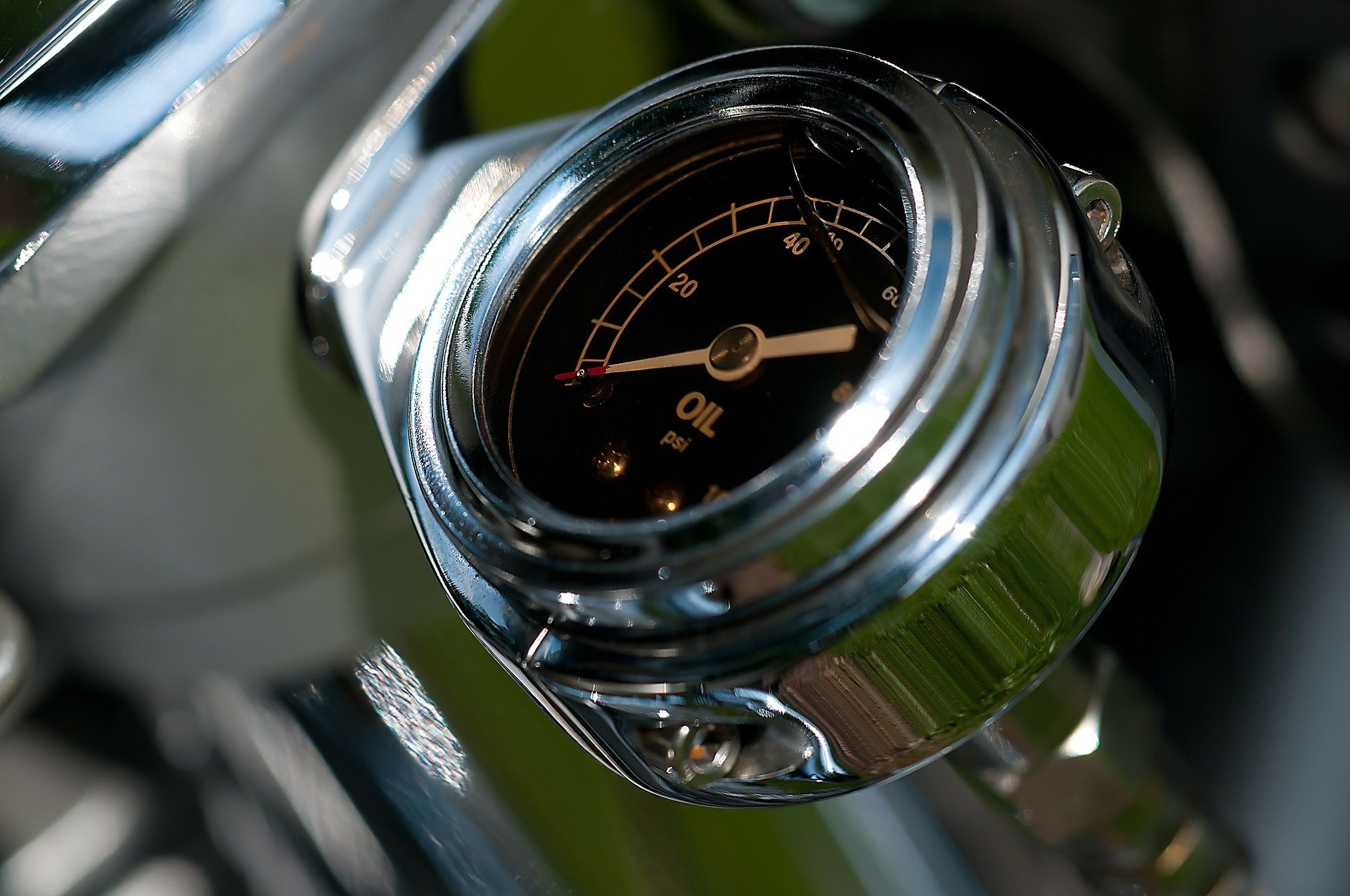Learning how to shift gears on motorcycles smoothly can be one of the most challenging parts of mastering how to ride a motorcycle.
It can be quite pleasing to click your way through gears without experiencing too much jolt while driving. Practice is all you need!
The Motorcycle Gear Mechanism
It is essential to know first how a motorcycle gear system works. The basic controls are quite simple with only three main components – the throttle, the clutch, and the gear selector.
The throttle is responsible for revving the engine and the gear selector is for changing gears for proper vehicle motion.
Once the transmission is disengaged, it may now be shifted to move the bike forward. The gear sequence is normally set up in this pattern:
- 1st Gear
- Neutral
- 2nd Gear
- 3rd Gear
- 4th Gear
- 5th Gear
- 6th Gear (if applicable)
The Proper Shifting Procedure
Shifting motorcycle gears cannot be done without proper body coordination. It requires a smooth and coordinated operation of the mechanical parts of the machine.
Follow this sequence until you eventually master it for a smoother and uninterrupted shifting:
- Starting from a stationary position and then pull the clutch lever towards you.
- Using your left foot, click the shift lever to move to the 1st gear.
- Once the 1st gear is engaged, slowly rev the engine by gently twisting the throttle.
- As the engine slowly revs, gradually release the clutch lever. This is quite challenging, especially to newbies, but it can be done with .. Be sure not to “pop” or “snap” the level for it might kill the engine and jerk the bike.
- The motorcycle will start to slowly move as soon as the clutch is released and the throttle is twisted. Add more throttle to increase your speed until you reach the engine RPM (revolutions per minute) peak.
Motorcycles have a gauge where you can see how much RPM there is.
The RPM peak usually depends on the steepness of the road and the weight of the passenger. Typically, the RPM peak is at 1,000-1,500.
- Once you reach the RPM peak for a certain gear, pull the clutch lever while releasing the throttle then shift to the next higher gear to add more speed. Once the next gear is in place, slowly release the clutch lever while adding more twist to the throttle. This only takes a split second so practice your timing.
- Repeat number 6 to add shift to higher gears.
Some related products: Bluetooth Headsets, Alarms & Anti-Theft, GPS.
Shifting Down
A good downshifting is just as necessary as a proper shift to higher gears.
This is essential for keeping control of the bike because poor shift and clutch timing can cause sudden stops in the engine that could skid the rear tire.
When shifting down gears, the engine needs to reach a “calm” state.
This means that the engine needs to gradually slow down or take an “engine brake” before the gears must be shifted down.
Once the engine RPM stabilizes, the gears may now be shifted down. Again, the actual shifting happens very quickly so timing must be improved.
Properly reducing speed is one of the keys to achieving a smooth downshift. Shifting to a lower gear too early can cause the bike to jolt or the rear wheel to skid.
The possibility of getting in an accident is very high in this situation, especially on wet pavements.
High-end motorcycles are equipped with slipper clutches to reduce the chance of locking the rear wheel when shifting down during high RPMs.
This is a safety feature added by manufacturers to high-performance bikes.
Read also: Top rated motorcycle GPS
Practicing Gear Shifting
Reading the instructions for proper gear shifting is easy. Doing it on the actual motorcycle is the harder part.
It requires several tries first before achieving a nice and effortless shifting.
You must have an adequate knowledge about the controls and get the feel to see how they actually work.
Practicing in a safe environment is highly suggested to avoid any serious accidents.
Doing so can avoid collisions with other vehicles and pedestrians.
Wearing protective gear like helmets and riding shoes is also a must to ensure better protection. A vacant parking lot is a good place to practice.
While practicing, have someone join you (not necessarily ride with you) to check your progress or call for professional help if needed.
Focus well to get better results after the practice.
(Click here to find out about the best motorcycle covers)
How to Put a Bike in Neutral?
This is one of the common questions coming from beginners. As stated earlier, the usual gear pattern of a motorcycle is 1-N-2-3-4-5-6.
Once on the first gear, take a half click up to get back to the Neutral position. Similarly, if you are on the 2nd gear, take a half click down to reach the Neutral position.
For other motorcycle models, the gear pattern is N-1-2-3-4 or 1-2-3-4-N.
This pattern doesn’t need a “half click” anymore to reach the Neutral position. This pattern is common in bikes with lower engine displacement.
See this: Building your own motorcycle
Some related products: Electrical Device Mounts. Stands, Covers.
Conclusion
There are the RPM gauge and the speedometer that the driver can use to visually determine the state of the engine in order to shift properly.
However, once you get used to the mechanism, your senses will now be the one to tell you when the engine will “ask” for a shift to occur.
Knowing how to shift gears on motorcycles smoothly takes time and practice to perfect.
You need to be “one” with the machine, especially with the clutch, to achieve the smoothest shift.
Check out this really cool video by Motorcycle Assistant on how to shift gears:

David Williams is an author with a passion for motorcycles and all things related to the world of two-wheeled vehicles. His expertise is evident on his website, The Moto Expert, where he shares his knowledge and insights with fellow enthusiasts. Follow him on social media to stay up-to-date on the latest motorcycle news, reviews, and trends. Whether you’re a seasoned rider or just starting out, David’s content is sure to inform and entertain. Join his community and become a part of the conversation today.



